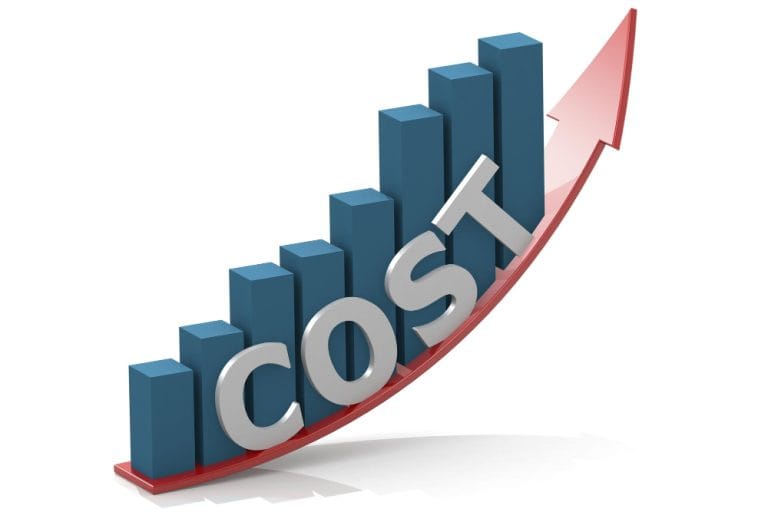When considering a loan, one of the first and most pressing questions is, “How much can I borrow?” Understanding borrowing limits is crucial whether you’re a first-time borrower or someone exploring new financial options. It helps you manage expectations, avoid overextending yourself financially, and plan for repayments effectively.
This guide will explain the key factors influencing borrowing limits, how to determine your borrowing capacity, and practical tips for improving your borrowing potential.
Factors Affecting Borrowing Limits
Before applying for a loan, it’s essential to understand how lenders assess your borrowing capacity. Here are the primary factors influencing your loan eligibility and the amount you can borrow.
Income and Employment History
Lenders use your income as a key determinant of your borrowing power. A steady and sufficient income reassures lenders of your ability to make timely repayments. They also evaluate your job stability and employment history.
For instance:
- If you have a consistent income from full-time employment, your chances of securing a larger loan amount are higher.
- On the other hand, irregular income from freelance or part-time work might limit the amount you can borrow.
Credit Score and Credit History
Your credit score is a reflection of your financial behavior. It shows lenders how reliable you’ve been in repaying debts. A higher credit score generally increases your borrowing limit and may even secure you lower interest rates.
Key components lenders consider:
- History of timely repayments
- Length of your credit history
- The number of active debts and payment defaults
Existing Debts and Financial Obligations
Your existing financial obligations, such as credit card debt, mortgage payments, or other loans, affect your borrowing capacity. Essentially, lenders consider your Debt-to-Income (DTI) ratio, which compares your monthly debt payments to your income.
For example:
- A low DTI (e.g., 20%) boosts your eligibility for a higher loan amount.
- A high DTI (e.g., 50%) might indicate financial strain, potentially leading to a reduced loan offer.
Loan Type and Lender Policies
The type of loan you are applying for also plays a significant role. Personal loans, business financing, payday loans, and mortgages have different limits and criteria. Lending policies vary by lender, with some offering more favorable terms than others.
Licensed moneylenders often have regulations that govern loan amounts. For example, in Singapore, borrowing limits are linked to your annual income:
- The maximum loan amount is capped if you earn less than $20,000 annually.
- For higher income brackets, borrowing limits increase significantly.
How to Determine Your Borrowing Capacity
Being proactive can help you understand your financial standing and avoid surprises when applying for a loan. Here’s how you can estimate your borrowing capacity.
Assessing Your Financial Situation
Start by reviewing your current financial position. Ask yourself:
- What is your monthly income after taxes?
- How much do you spend on essentials like rent, groceries, and utilities?
- What’s left over after accounting for other debts and savings?
By analyzing your cash flow, you’ll get a clearer picture of how much you can afford to borrow without overburdening your finances.
Using Online Calculators and Tools
Many lenders and financial institutions provide online loan calculators. These tools allow you to input variables like income, current debts, and loan tenure to estimate how much you may be eligible to borrow.
Some calculators even show monthly repayment amounts based on different interest rates, helping you plan your finances more effectively.
Consulting with Financial Advisors
If you’re unsure about your borrowing capacity or how much you can comfortably repay, consulting a financial advisor can help. Advisors can provide practical insights tailored to your financial situation, ensuring you make informed decisions.
Tips for Improving Borrowing Potential
If your borrowing capacity is lower than what you need or you aim to secure better loan terms, here are steps to improve your borrowing potential.
Improving Your Credit Score
Since credit scores are critical to borrowing, minor improvements can make a big difference.
- Pay bills on time to establish a history of consistent repayments.
- Reduce credit card balances to lower your credit utilization ratio.
- Avoid opening too many new credit accounts quickly, which might signal financial distress.
Reducing Debt
To improve your DTI ratio, minimize existing financial obligations. Try prioritizing loans with the highest interest rates to pay off first (debt avalanche method) or tackle smaller debts to build momentum (debt snowball method).
By paying down debt, you free up more of your income for potential repayments, enhancing your eligibility for more significant loan amounts.
Increasing Income
Boosting your income isn’t always immediate, but even small changes can help. Consider these options:
- Take on freelance or part-time work if possible.
- Review salary options with your current employer.
- Monetize a hobby or skill to create an additional income stream.
The higher your income, the more financial flexibility you’ll have when applying for loans.
Making Smart Borrowing Decisions
Loans are powerful tools for achieving goals, whether it’s starting a business, pursuing education, or covering unforeseen expenses. However, understanding your borrowing capacity is key to ensuring thoughtful financial planning and responsible repayments.
Remember, the amount you can borrow doesn’t always equal what you should borrow. Consider your current financial position and future commitments before finalizing any loan. Consult with trusted money lenders or financial professionals if you’re exploring borrowing options or need expert guidance. Their transparency and support can help align your loan with your financial goals.





